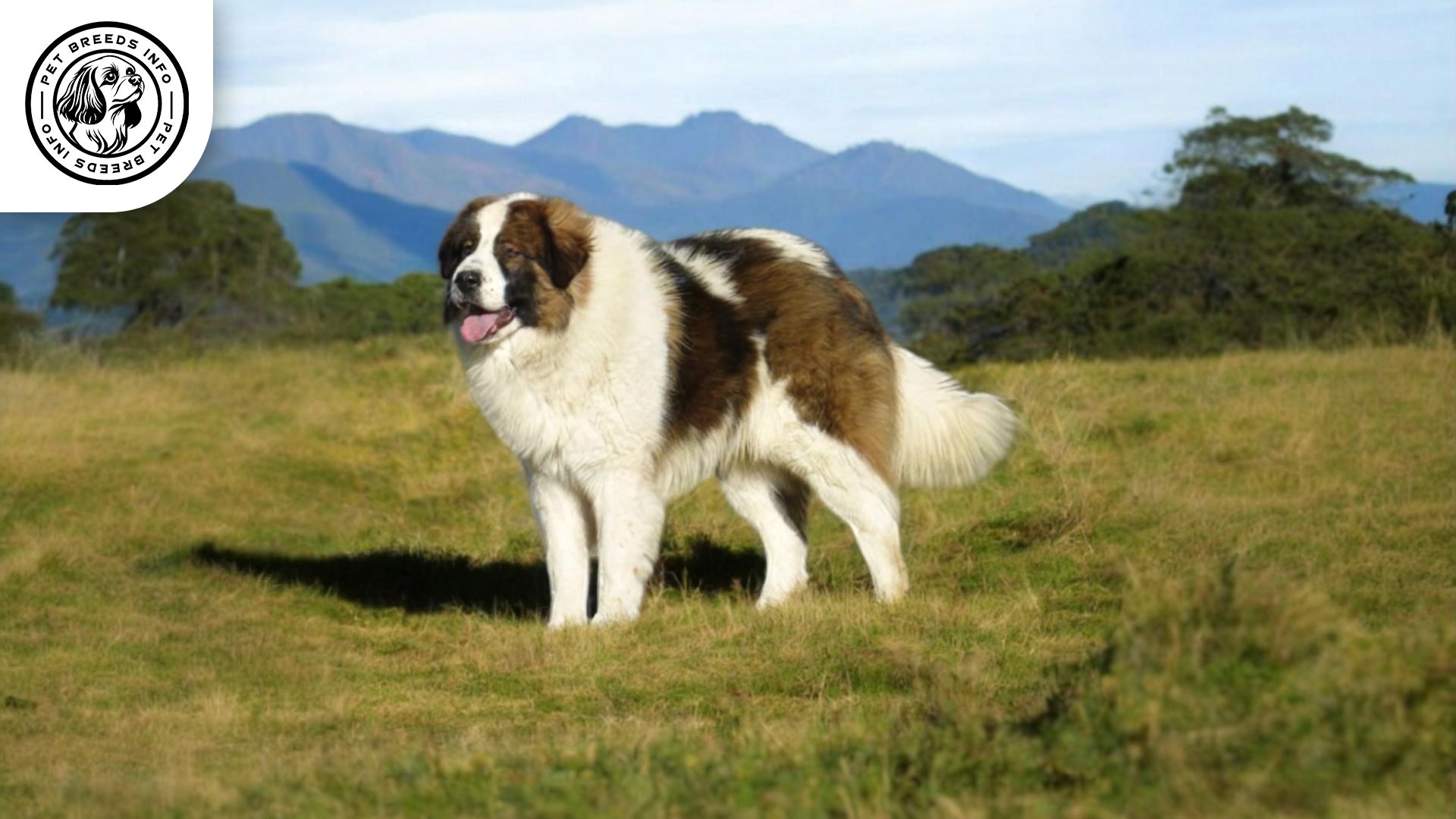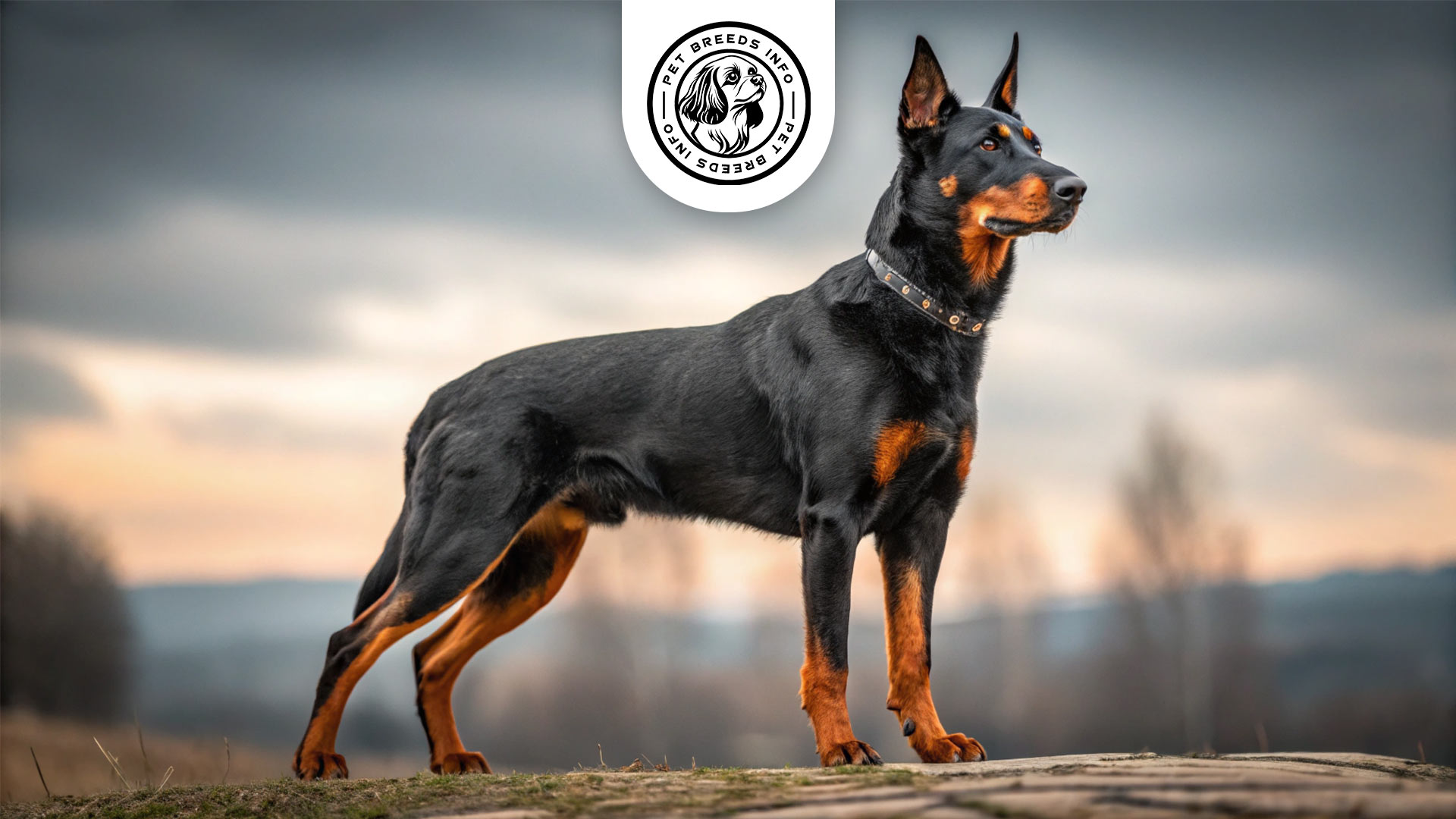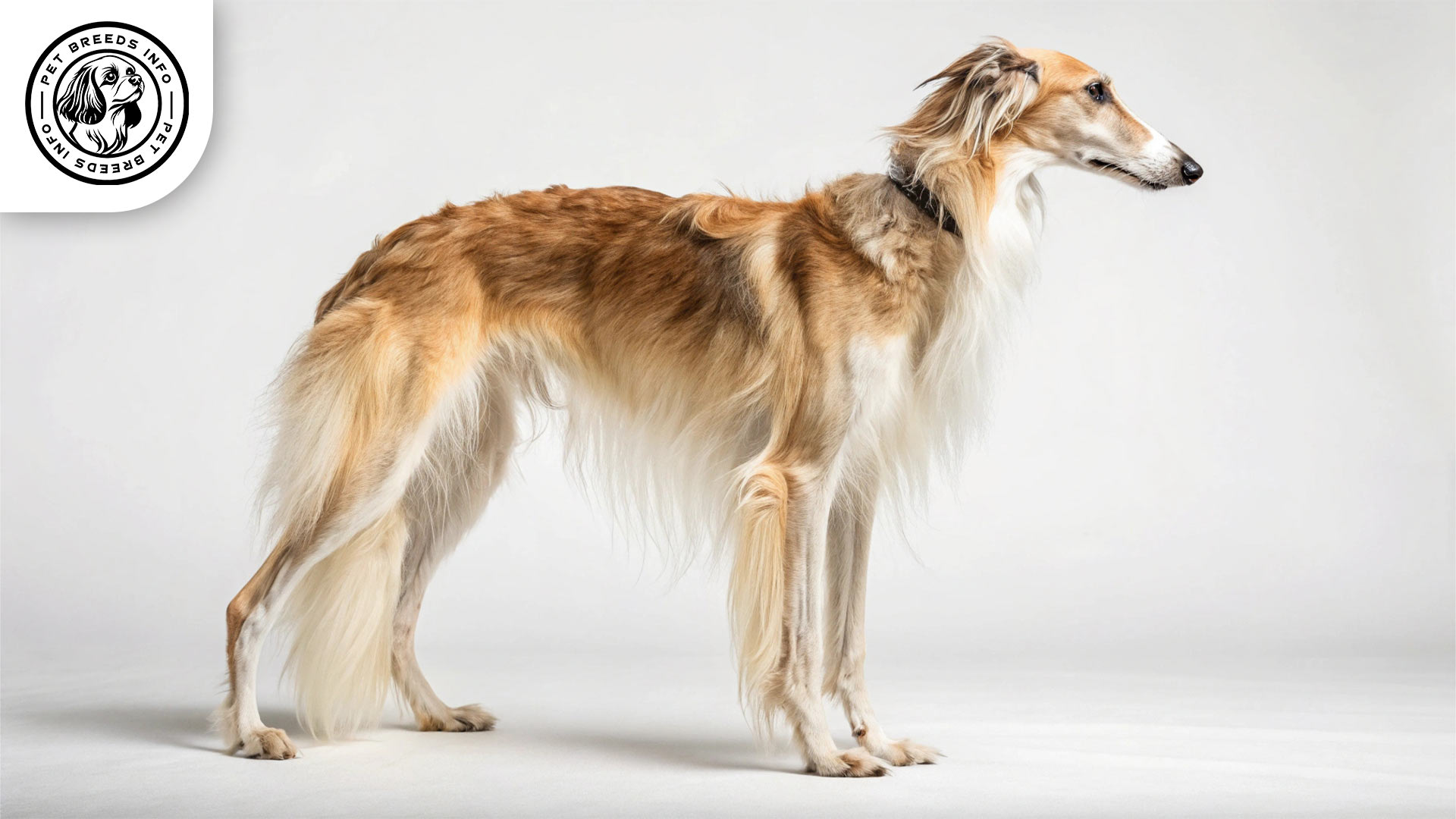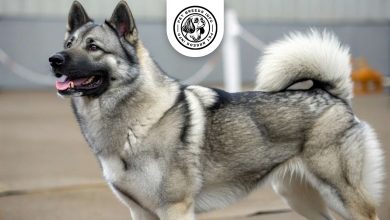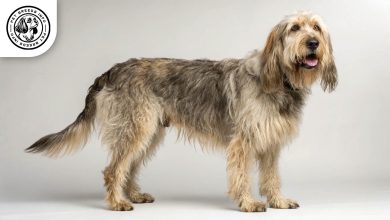Tornjak Dog Breed: Size, Health, Price & Personality
General Introduction of the Breed
The Tornjak is a large, powerful livestock guardian dog that originates from Bosnia and Herzegovina and Croatia. Known as “Tornjak” in its native region, this breed has been traditionally used for protecting livestock from predators such as wolves and bears.
Historical records indicate that the Tornjak has existed for centuries, with references to similar dogs dating back to the 11th century. It was primarily bred in the mountainous regions of the Balkans, where its strength, intelligence, and loyalty made it an invaluable asset to shepherds.
Table of Contents
| Weight | 62-110 lbs |
| Lifespan | 12-14 years |
| Diet | High-quality dry or raw food, protein-rich diet |
| Care | Regular brushing, weekly coat maintenance, exercise |
| Health | Prone to hip dysplasia and joint issues |
| Color | White with black, brown, gray, or tan markings |
| Nature | Loyal, protective, intelligent |
| Price | $800-$2,000 |
Physical Characteristics
The Tornjak is a large and well-proportioned dog. Males typically stand between 25 to 28 inches (65-72 cm) tall and weigh 77 to 110 pounds (35-50 kg), while females are slightly smaller at 23 to 26 inches (60-67 cm) and weigh 62 to 88 pounds (28-40 kg).
The coat is thick, long, and dense, providing excellent protection against harsh weather conditions. Color variations include white with black, brown, gray, or tan markings.
The Tornjak has dark, almond-shaped eyes that express intelligence and confidence. The ears are medium-sized, triangular, and hang close to the head, while the tail is bushy and carried high when the dog is alert.
One distinguishing characteristic of the Tornjak is its solid and muscular build, along with a slightly elongated body proportionate to its height.
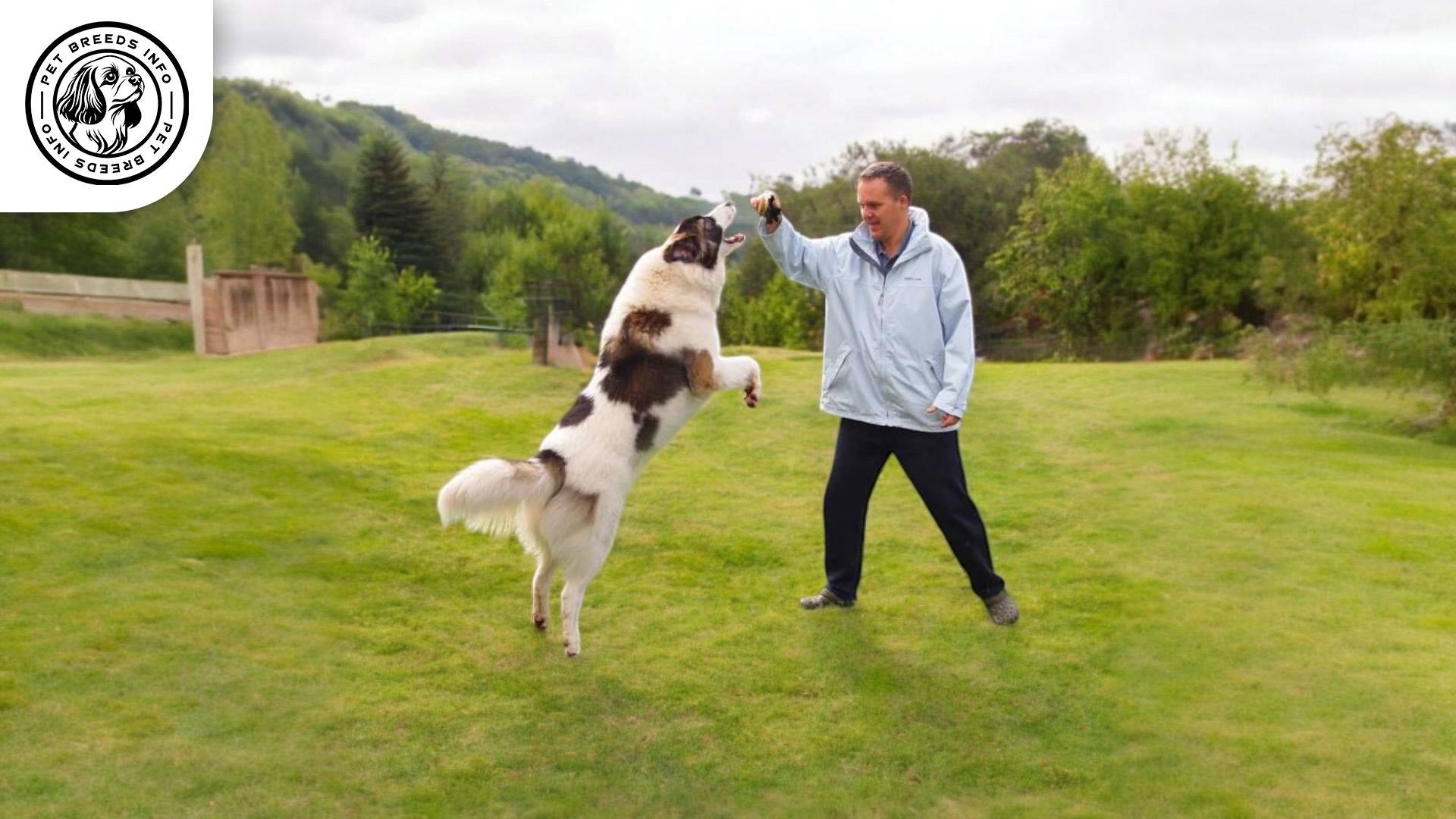
Personality and Temperament
The Tornjak is highly intelligent and quick to learn, though it can be independent-minded. Consistent training and a firm but gentle hand are necessary for proper obedience.
Being a working breed, the Tornjak has a moderate to high energy level and requires daily exercise to stay healthy and content.
This breed is deeply devoted to its family and thrives when given a job to do. It is affectionate but not overly clingy.
The Tornjak is naturally protective and wary of strangers but is not aggressive without reason. With proper socialization, it can be friendly and tolerant of children and other pets.
Due to its guardian instincts, it may have a strong territorial nature and require training to ensure good social behavior.
Care and Maintenance Requirements
The Tornjak needs regular exercise, including long walks and free playtime in a secure, spacious area.
It is best suited for a home with a yard or a rural environment, as it is not an ideal breed for small apartments.
The coat requires brushing at least twice a week to remove loose hair and prevent matting, especially during shedding seasons.
It is highly adaptable to cold weather but may struggle in hot climates, requiring shade and plenty of water.
Read More: Swedish Vallhund Dog
Routine hygiene maintenance includes occasional baths, nail trimming as needed, and regular ear cleaning to prevent infections.
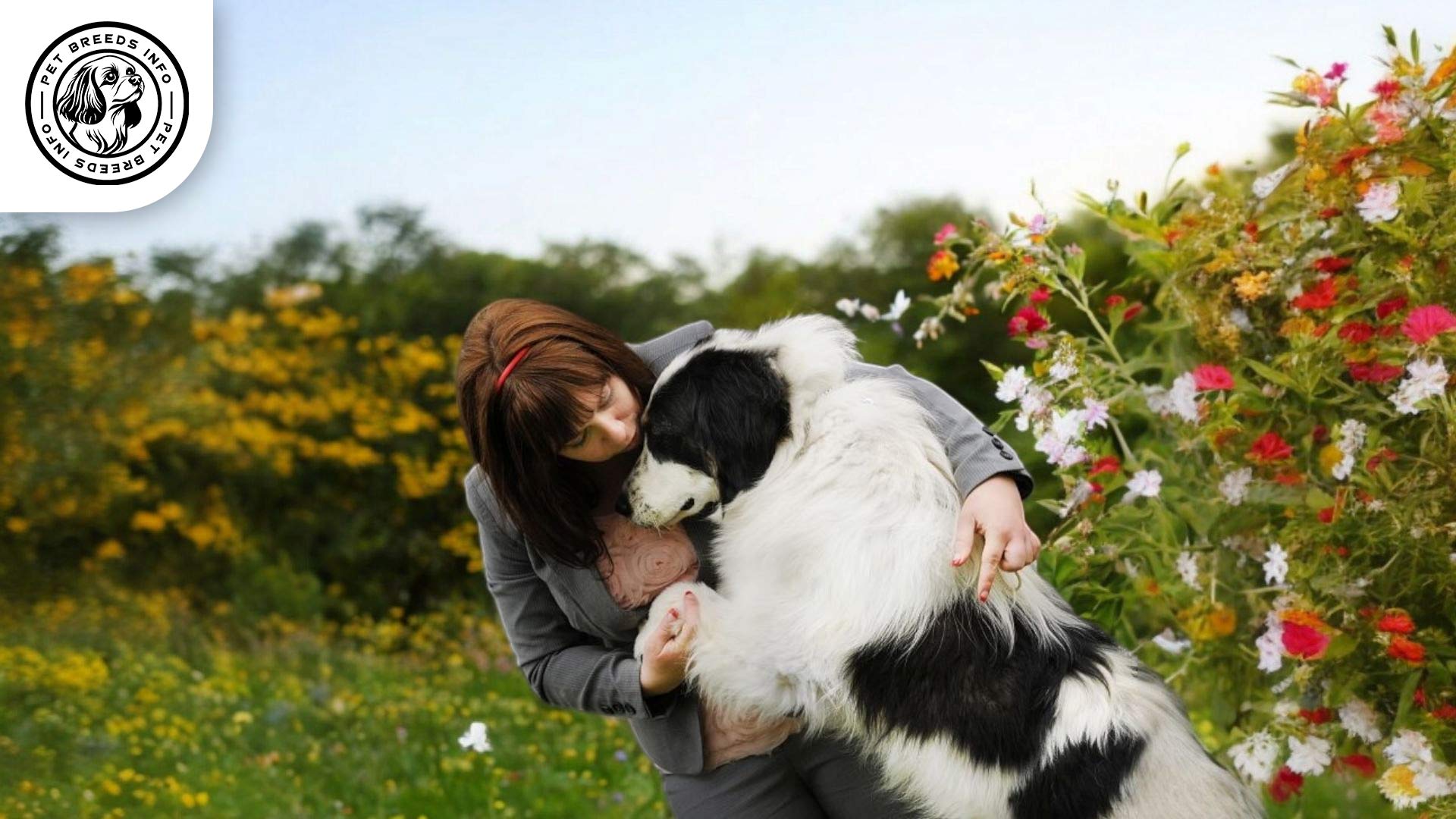
Diet and Nutrition
A balanced diet consisting of high-quality dry or raw food is best suited for the Tornjak. Protein-rich meals help maintain its muscle mass and energy levels.
It is important to avoid foods such as chocolate, onions, grapes, and excessively fatty or salty foods.
Portions should be adjusted according to activity level, with adult dogs usually requiring two well-balanced meals per day.
Health and Common Medical Issues
The Tornjak is generally a healthy breed with few genetic conditions. However, it is prone to hip dysplasia and joint problems, especially in old age.
Regular vet check-ups, vaccinations, and parasite prevention measures are essential for maintaining good health.
The average lifespan of the Tornjak is between 12 to 14 years.
Training and Behavior Management
The Tornjak is intelligent but independent, making early training and socialization essential.
Positive reinforcement methods, including treats and praise, work best for training this breed.
Read More: Thai Ridgeback Dog
Obedience training from an early age helps manage its protective instincts and ensure it behaves well around strangers and other animals.
Interaction with Other Animals and Humans
This breed gets along well with children if raised together, but supervision is advised due to its large size and strength.
When properly socialized, the Tornjak can coexist with other pets, though its guarding instincts can sometimes make it dominant.
It is best suited for families or individuals who can provide the necessary space, exercise, and training.
While it is independent enough to stay alone for moderate periods, it thrives when actively engaged with its owner.

Price and Availability
The price of a Tornjak puppy varies depending on the breeder and location, ranging from $800 to $2,000.
It is recommended to purchase from reputable breeders who perform health screening tests.
Adoption from rescue centers or breed-specific organizations is encouraged for those seeking a Tornjak as a pet.
Conclusion and Final Thoughts
The Tornjak is a devoted and intelligent guardian breed best suited for owners with experience handling large and independent dogs.
It thrives in spacious environments where it can be physically active and mentally stimulated.
Potential owners should be aware of its grooming needs, protective instincts, and exercise requirements before committing to this breed.
Read More: Transylvanian Hound Dog
With proper training, love, and care, the Tornjak makes a loyal and reliable companion that excels at both guarding and companionship.
FAQ
Is the Tornjak a good family dog?
Yes, it is affectionate and protective but requires training to ensure good behavior around children and other pets.
How much exercise does a Tornjak need?
Daily exercise, including long walks and free play, is essential to keep it healthy and happy.
Can the Tornjak handle hot weather?
It is highly adaptable to cold climates but may struggle in hot weather. Provide shade and hydration.
What are common health concerns for the Tornjak?
It is generally healthy but prone to hip dysplasia and joint issues, especially in old age.
